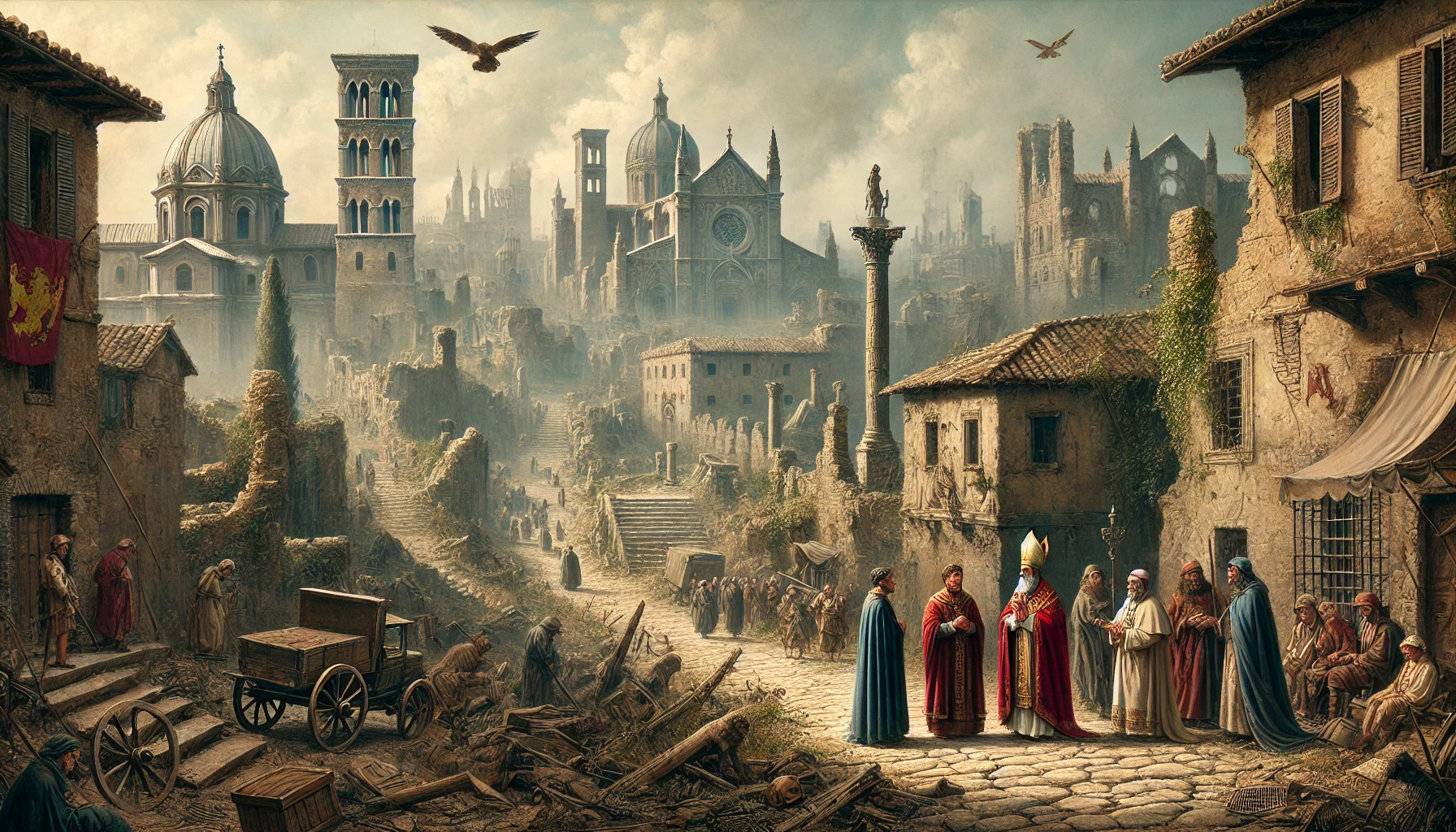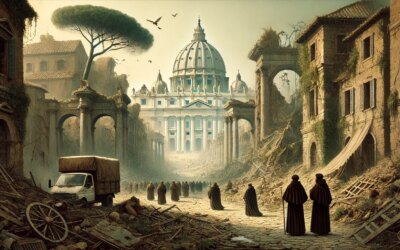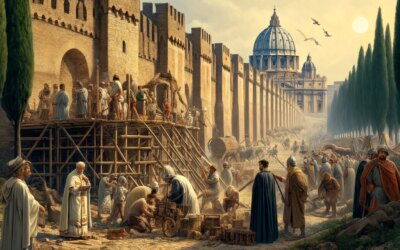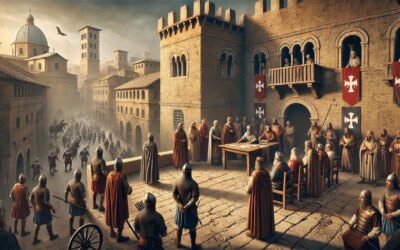Rome Without the Pope: A City in Decline
In the early 14th century, Rome—once the center of Christendom—found itself abandoned by its most powerful institution. From 1309 to 1377, the popes resided in Avignon, France, rather than in the Eternal City, leaving Rome politically fractured and economically weakened. This period, known as the Avignon Papacy, marked one of the darkest times in the city’s history, as its once-thriving streets turned to ruin.
The Avignon Papacy: Why Did the Popes Leave?
The decision to relocate the papal court to Avignon stemmed from deep political tensions. Following conflicts between Pope Boniface VIII and King Philip IV of France, the papacy fell under French influence. In 1309, Pope Clement V, pressured by the French crown, moved the papal seat to Avignon. The shift allowed the church to operate in a more stable political environment, but at the cost of Rome’s prestige.
Rome’s Struggle Without Papal Authority
Without the pope’s presence, Rome’s economy suffered. The once-bustling city, reliant on pilgrims and the administration of the church, saw its population decline dramatically. Noble families, such as the Colonna and Orsini, filled the power vacuum, engaging in violent feuds that turned Rome into a battleground. Banditry increased, and many of the city’s great ancient monuments fell further into decay.
A City of Ghosts and Ruins
By the mid-14th century, visitors described Rome as a shadow of its former self. Once-glorious forums and basilicas stood empty, overgrown with vegetation. The Lateran Palace, the traditional papal residence, deteriorated without maintenance. Even St. Peter’s Basilica suffered from neglect. Rome’s population dwindled, as many left for more prosperous regions.
The Call for the Pope’s Return
Amid the chaos, voices rose demanding the pope’s return. The most famous was that of St. Catherine of Siena, who urged Pope Gregory XI to bring the papacy back to Rome. Her appeals, combined with political instability in France, convinced the pope to return in 1377. However, his death the following year led to the Western Schism, plunging the church into further turmoil.
The Aftermath: Rebuilding the Eternal City
Though the papacy returned, Rome did not immediately recover. The damage caused by decades of neglect took generations to repair. However, the city’s decline during the Avignon Papacy served as a reminder of the pope’s influence—not just spiritually, but as a force that shaped the fate of Rome itself.
A Lesson in Power and Absence
The abandonment of Rome in the 14th century illustrates how deeply the city’s fortunes were tied to the presence of the papacy. The Avignon Papacy left a scar on the Eternal City, but it also paved the way for its later Renaissance revival. Rome’s story, marked by both decline and resurgence, remains a testament to its resilience.






